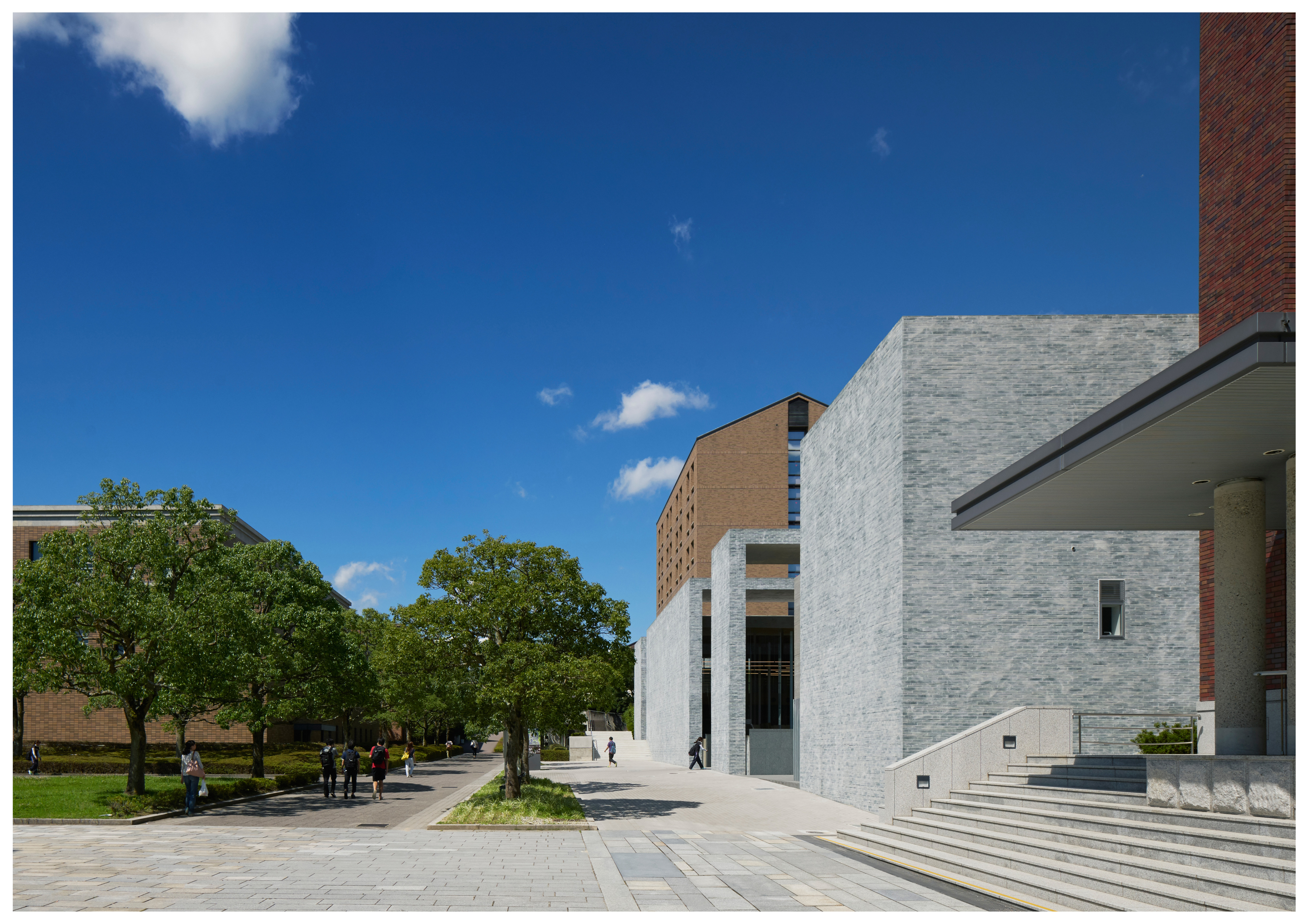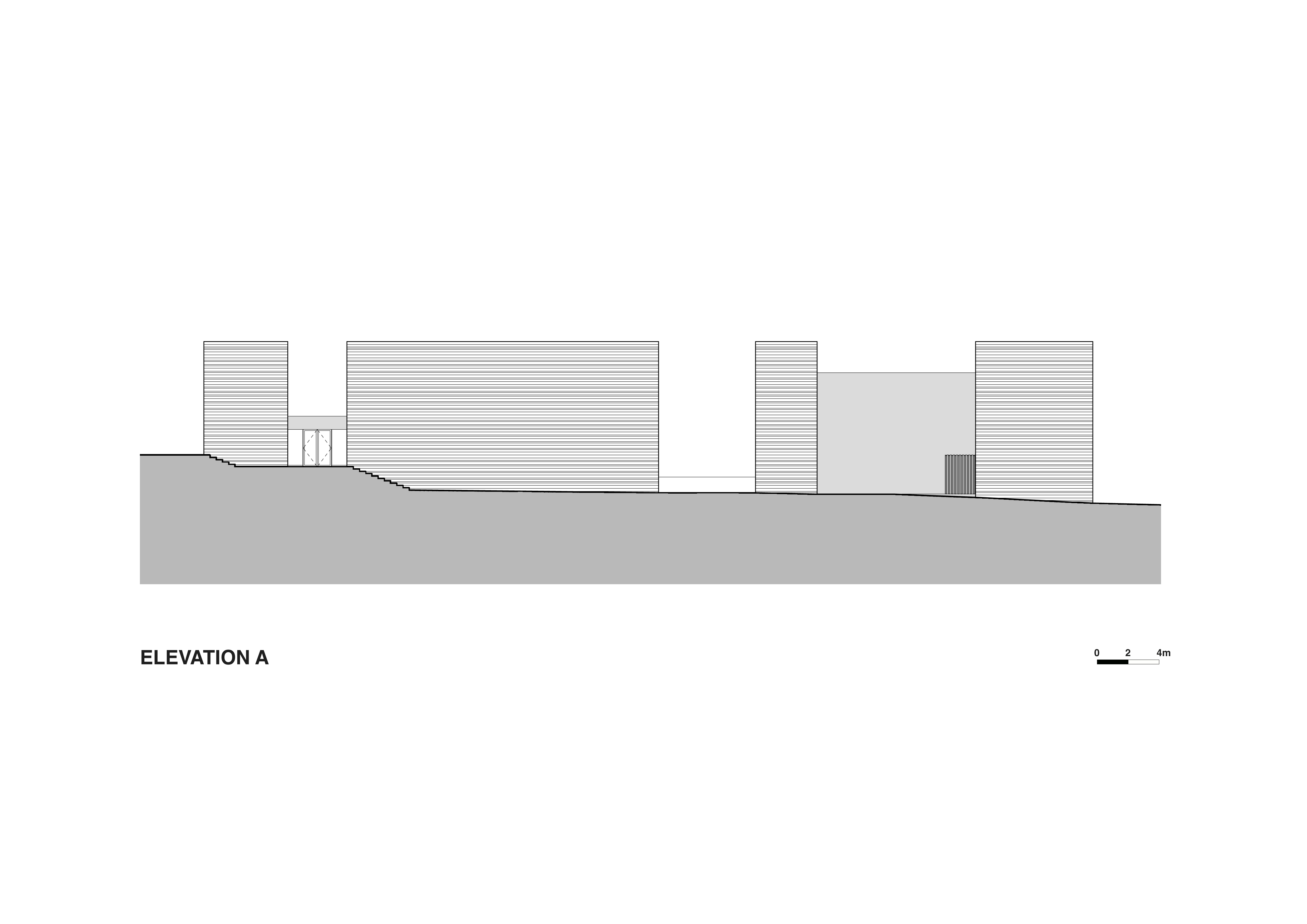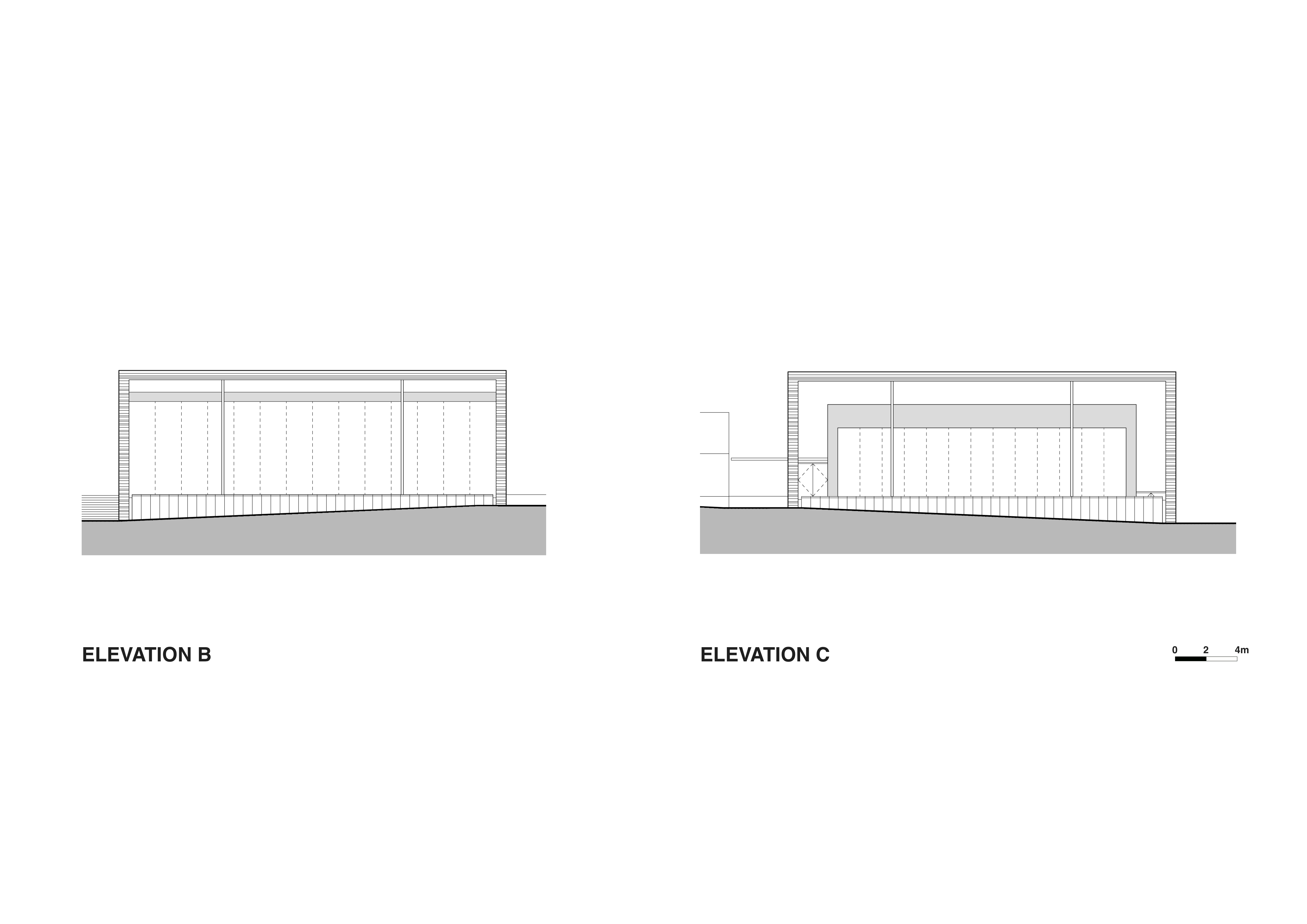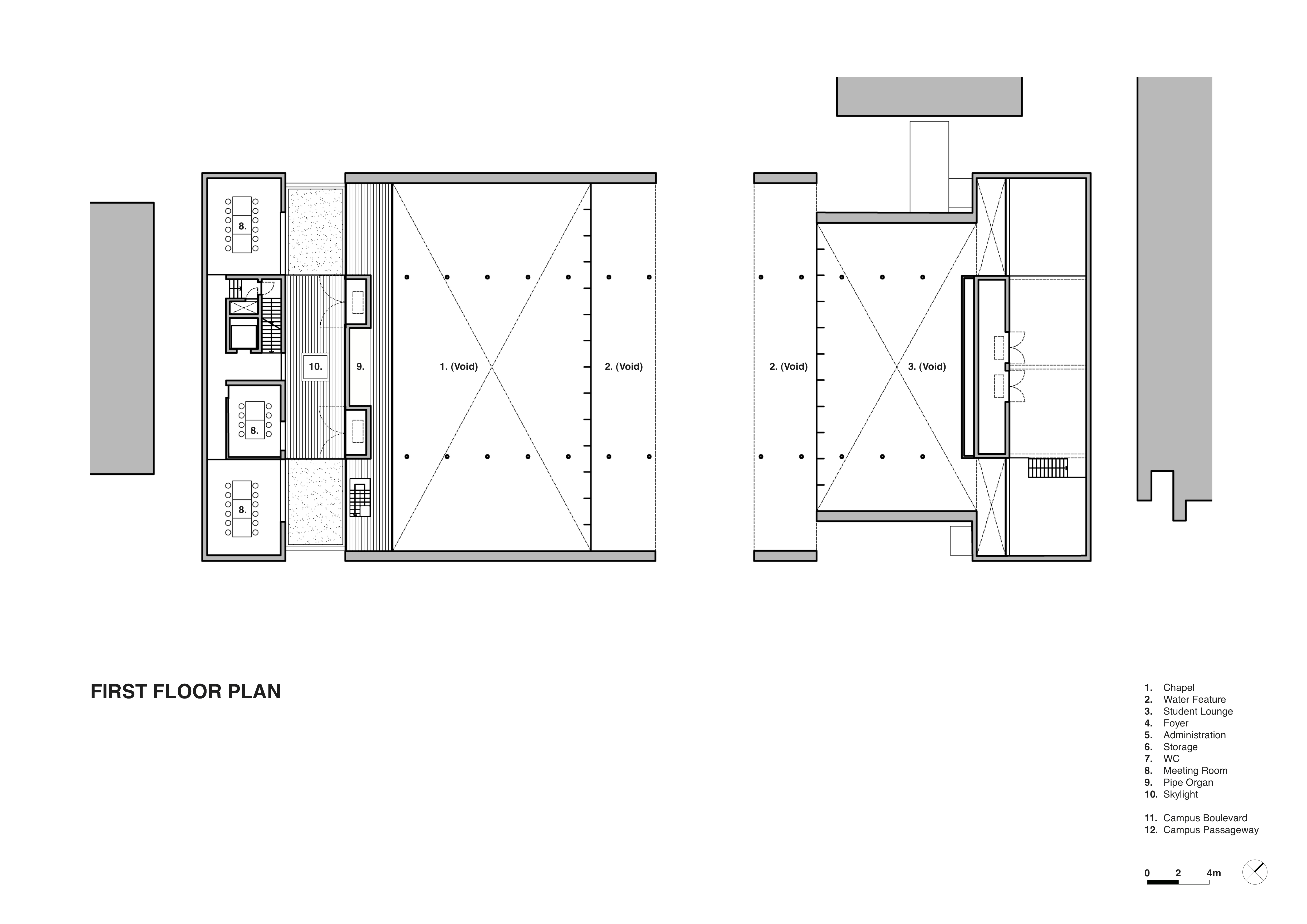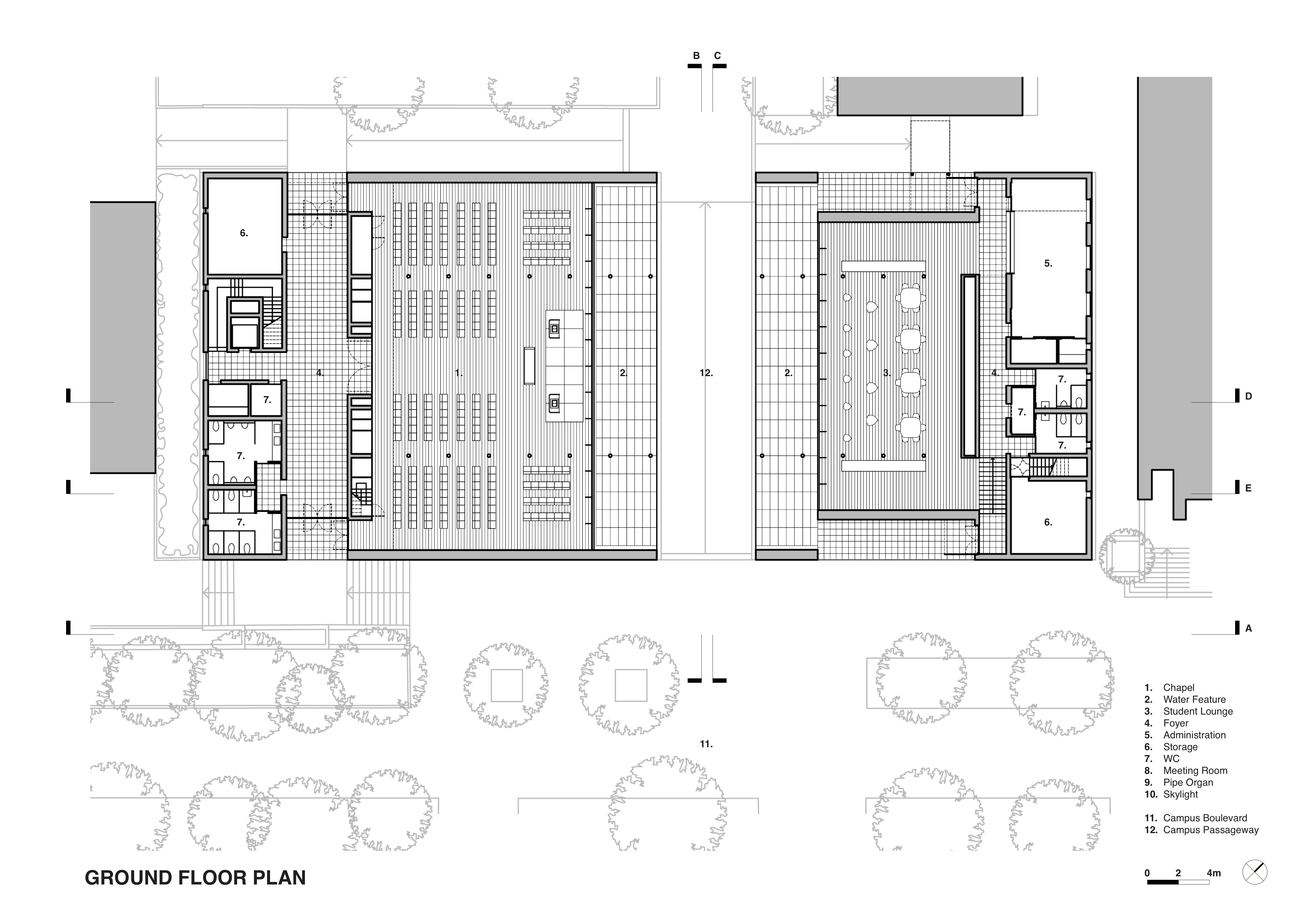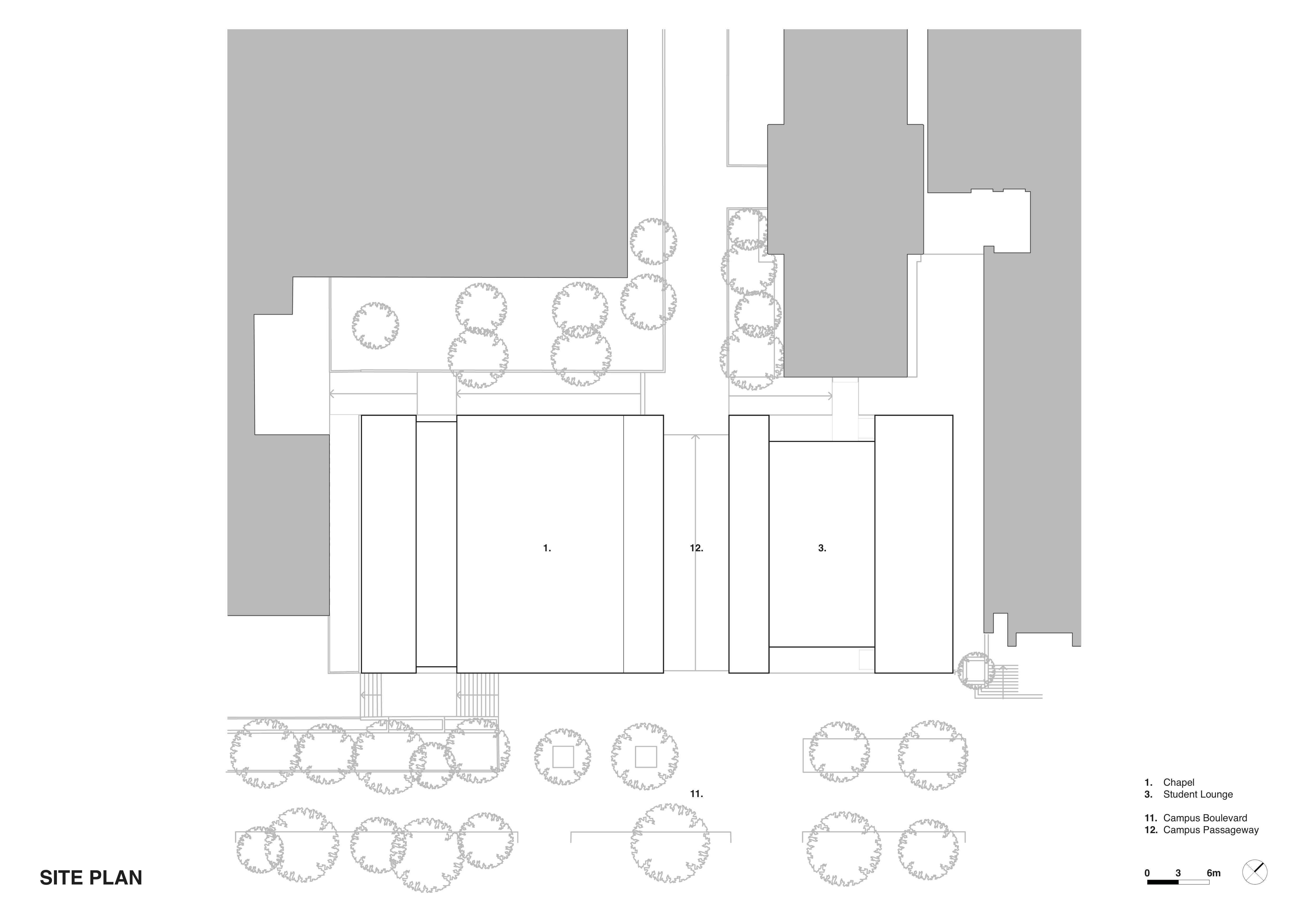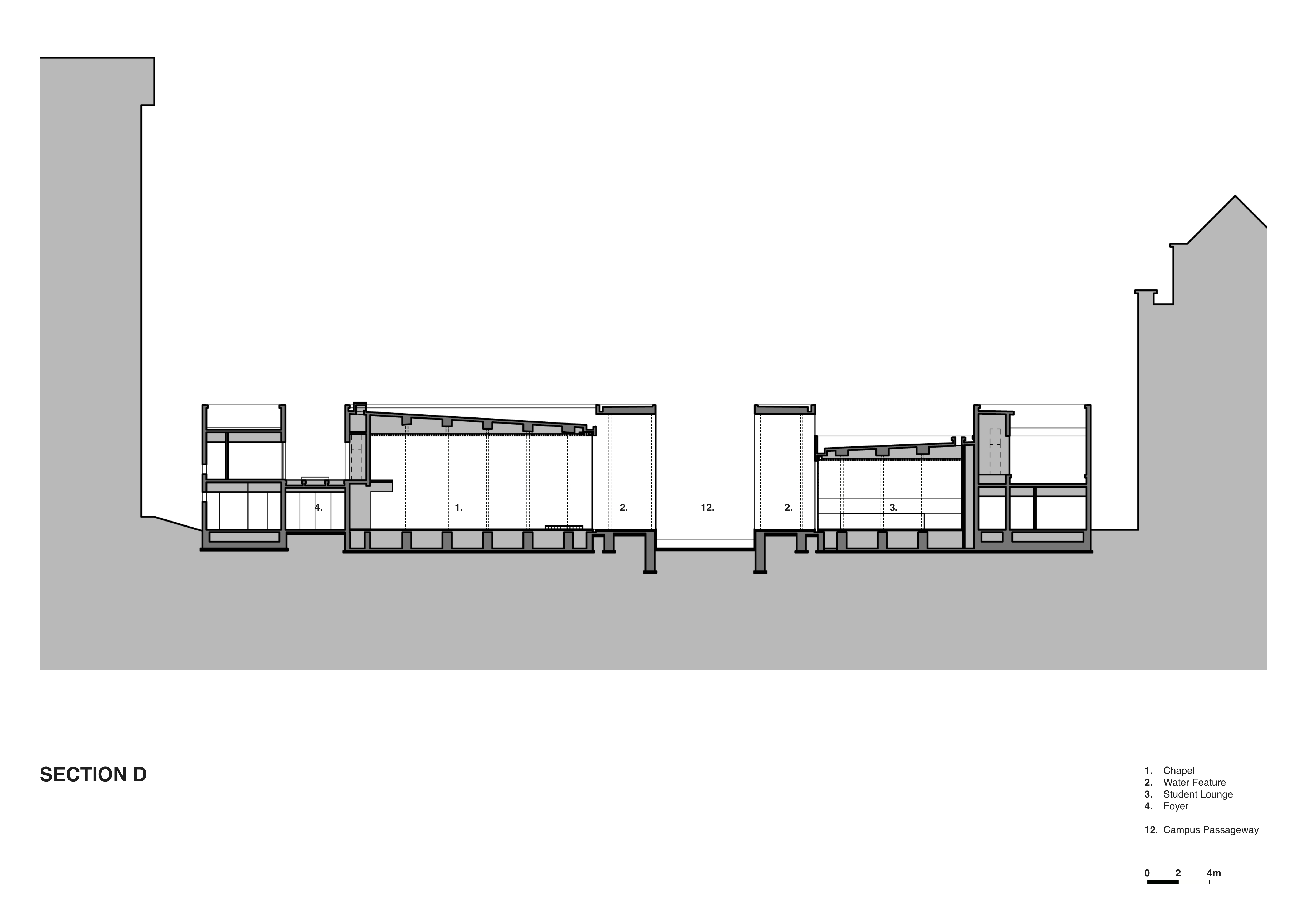doshisya-kyotanabe-chapel / Facet Studio
| Progettista | Yoshihito Kashiwagi | |
| Location | Kyoto, JAPAN | |
| Design Team |
Yoshihito Kashiwagi |
|
| Anno | 2015 | |
| Crediti Fotografici |
Daichi ANO |
|
Foto esterni:
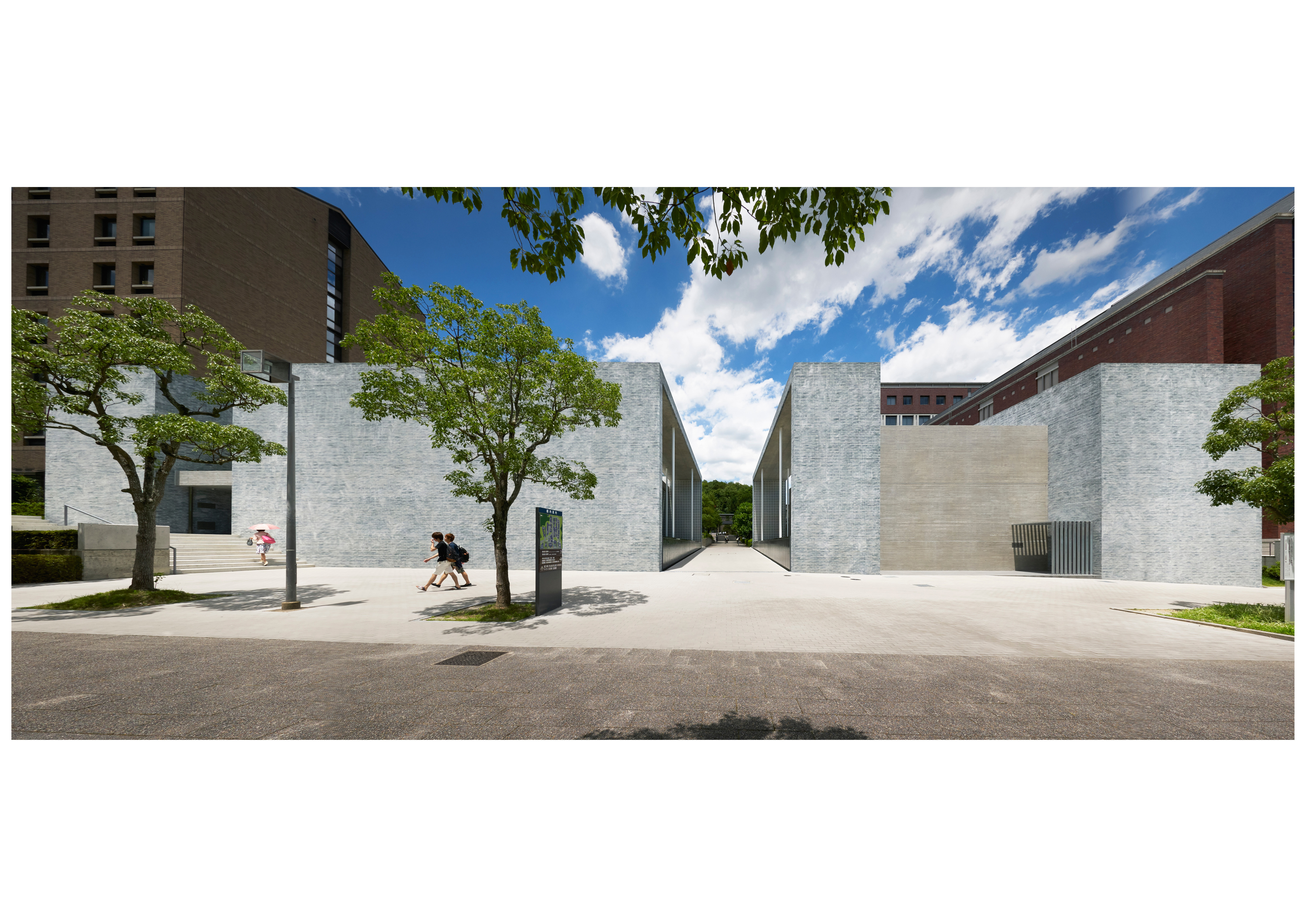 |
 |
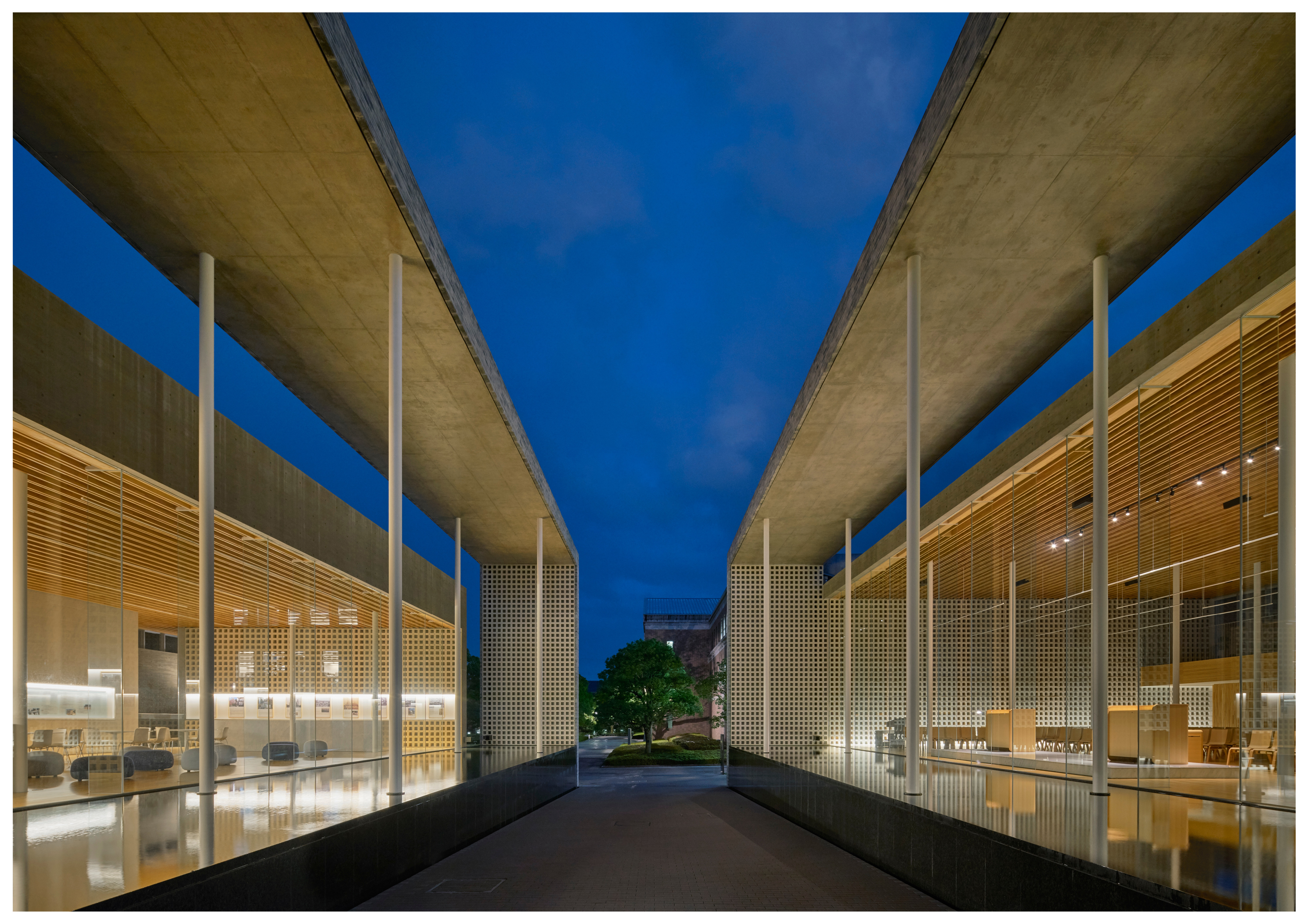 |
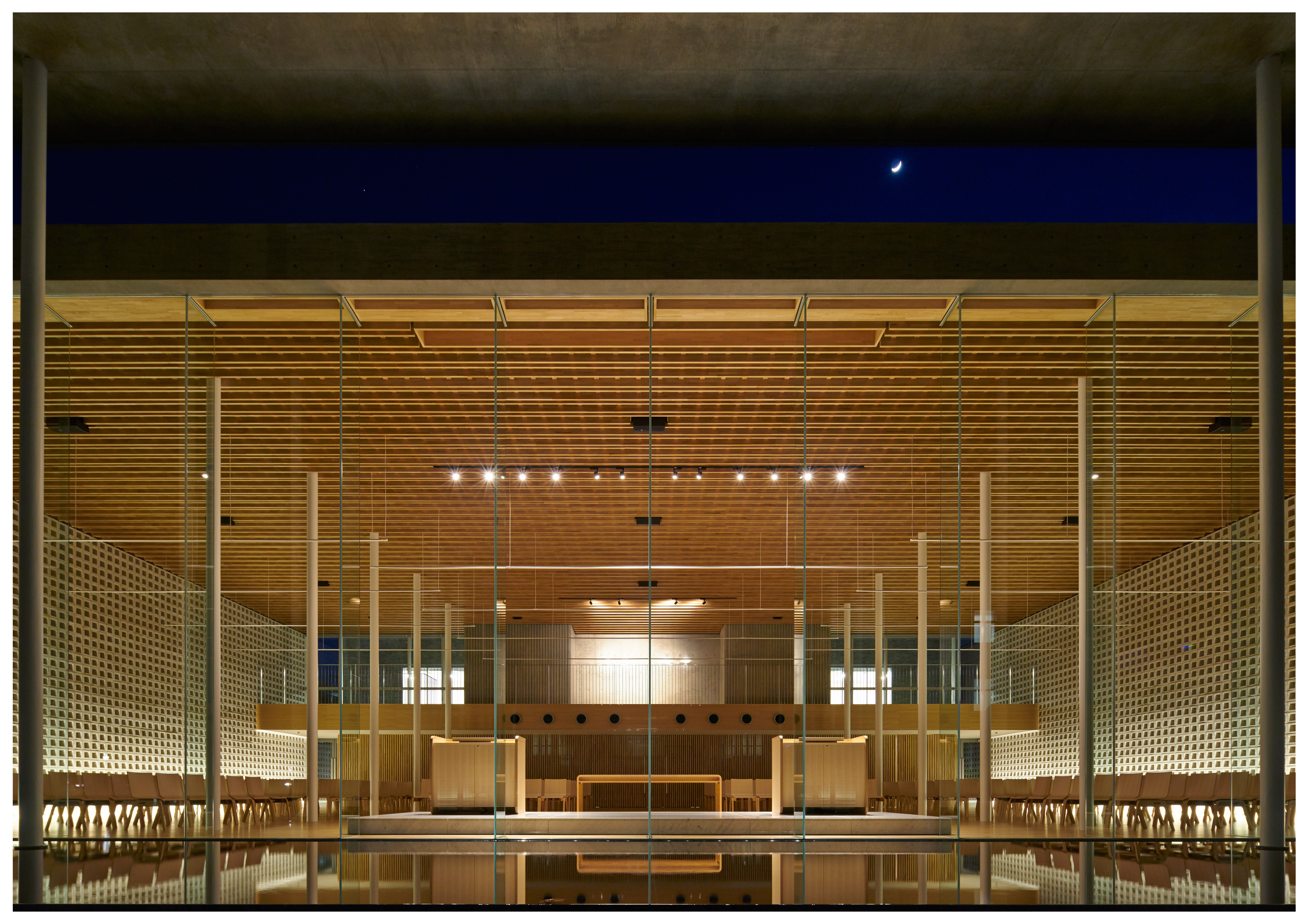 |
Descrizione del progetto
Christians constitute of mere 1% of Japan’s population. We believe that there are fundamental differences between chapels at countries where Christianity is the majority, and where it is the minority such as Japan; the building of chapel needs to satisfy different requirements in a context not traditionally familiar with Christianity. Moreover, Doshisya Kyotanabe Chapel is built on university campus in Japan –a university founded on Christian moral but with mostly non-Christian students.
We considered that a chapel should be an existence close to people’s everyday lives. In this context, a conventional chapel with enclosed walls will no doubt further isolate itself from its surrounding. Thus we proposed a Chapel with large opening facing the outside world, so people can sense the inside of the Chapel without even entering – for example by simply walking through the Campus Passageway. From the Student Lounge on the opposite side, people can also look into the Chapel and understand the activities within.
The Water Feature sandwiching the Campus Passageway creates a public space which is casual, but holy; it is an extraordinary space within the ordinariness. By having this Water Feature, part of the Chapel is externalized and its activities highly visible, for the Chapel to naturally become part of the students’ daily activities. It is important for the Chapel to reach out persistently to the people, in order to become part of their everyday lives.
Evidentially in Western counties amongst the youths, Christianity is becoming less and less relevant. This could be the result of reduced interest towards the religiousness of Christian activities; however, can it be possible that the design of the chapels does not encourage the sense of relevance and sympathy between Christianity and the youths? Our design approach may not be the only resolution, however, a chapel design that promotes closeness to everyday life will become increasingly important for the modern society.
Relazione illustrativa del progetto
Scarica la relazione
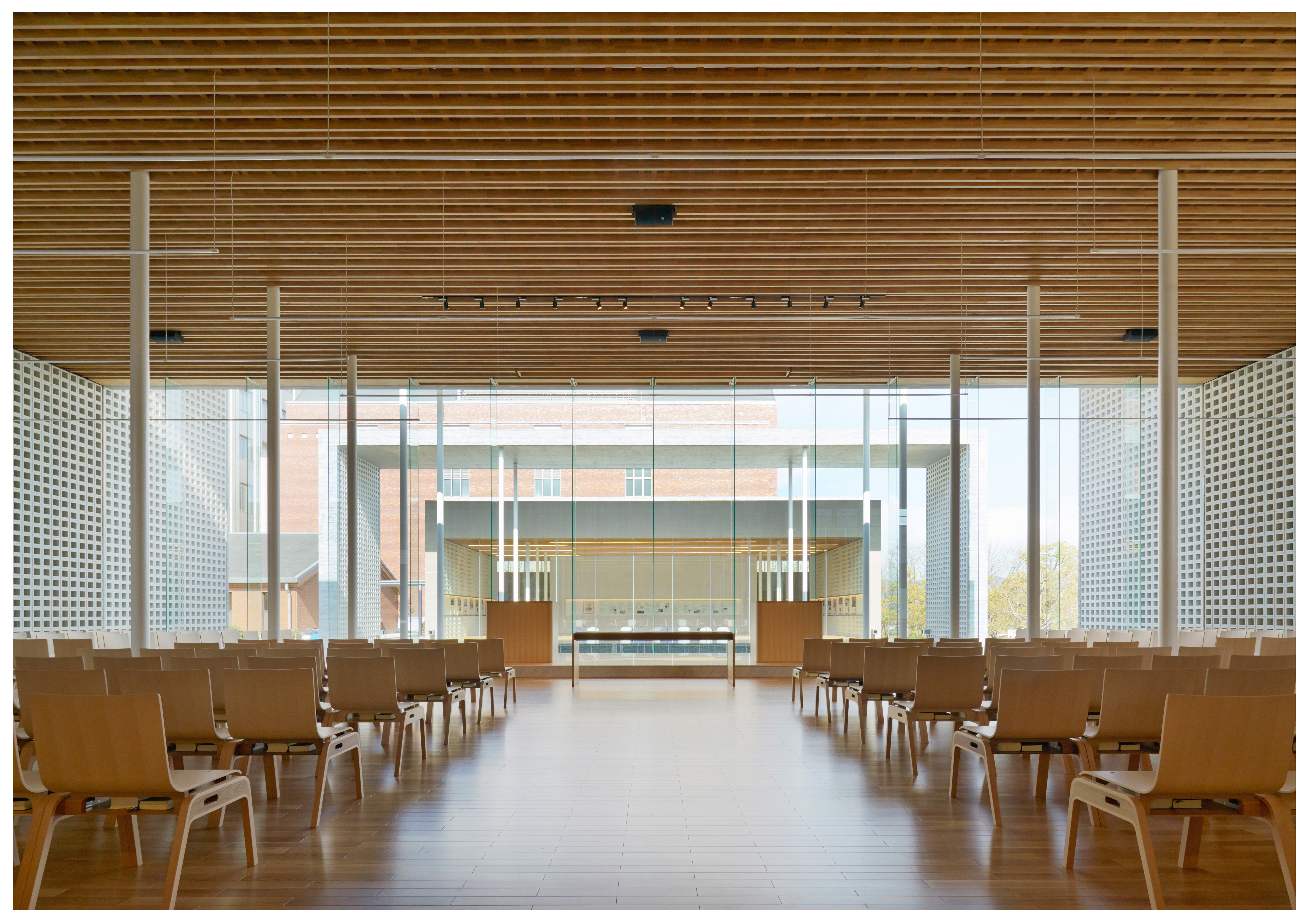 |
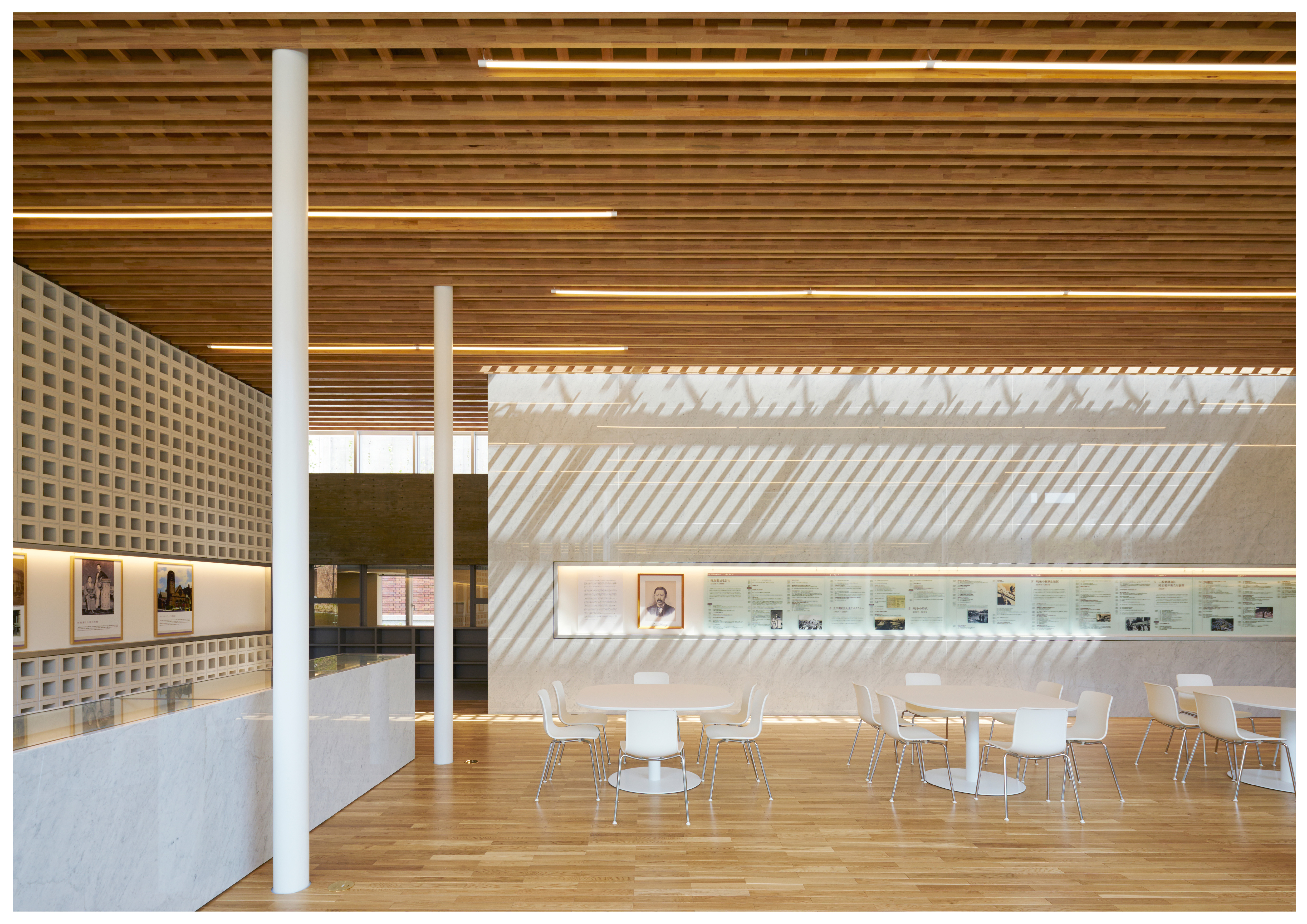 |
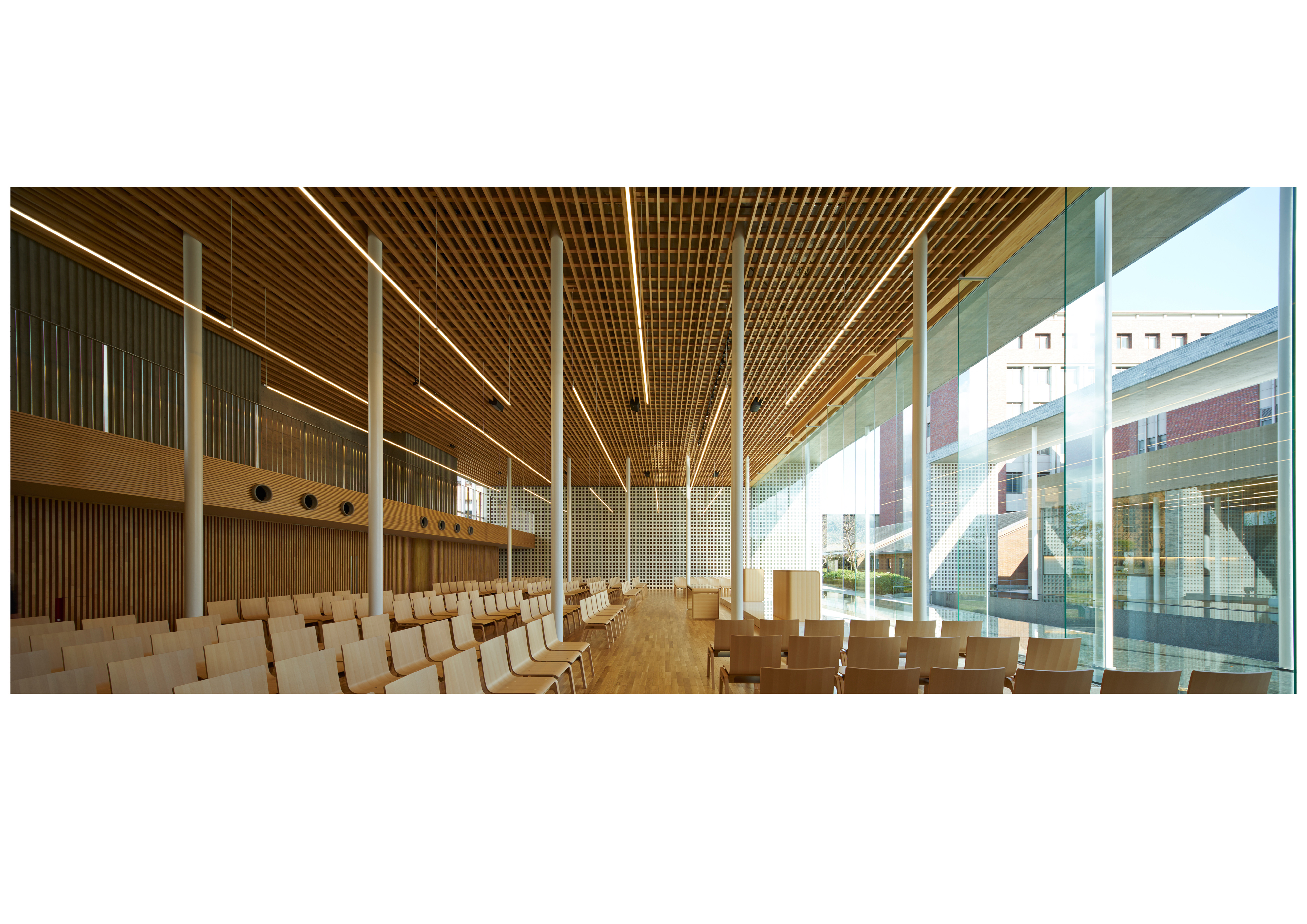 |
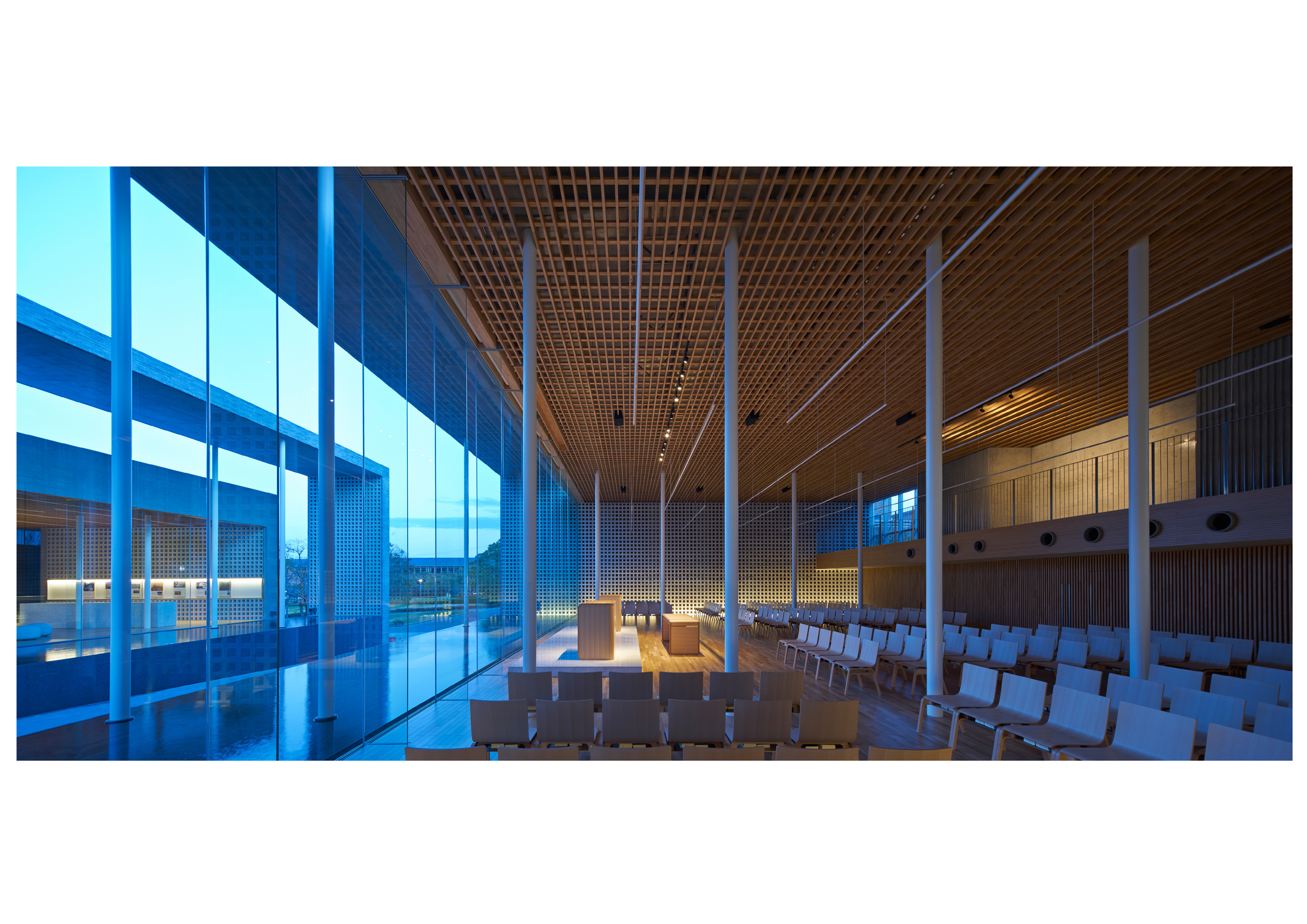 |
Disegni tecnici
TORNA ALLA PAGINA DEI PROGETTI
